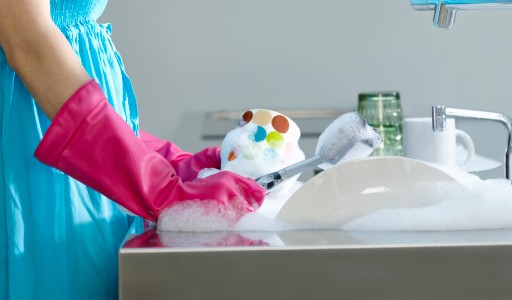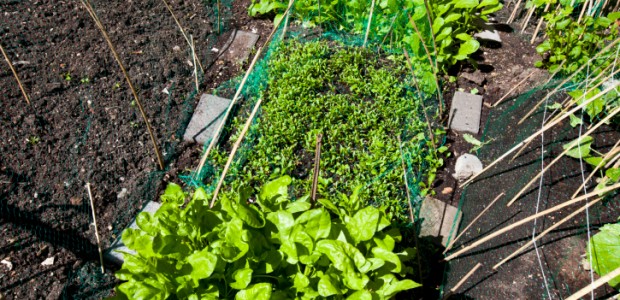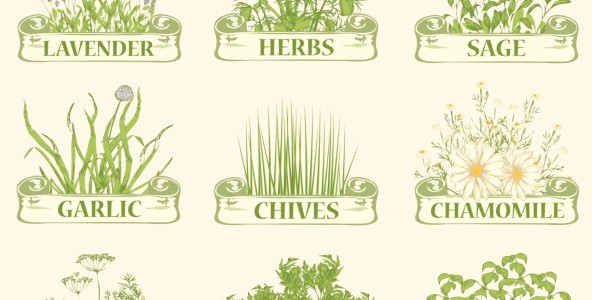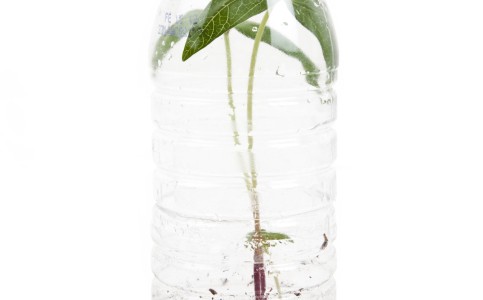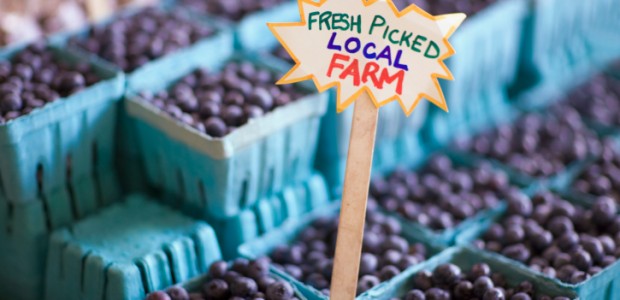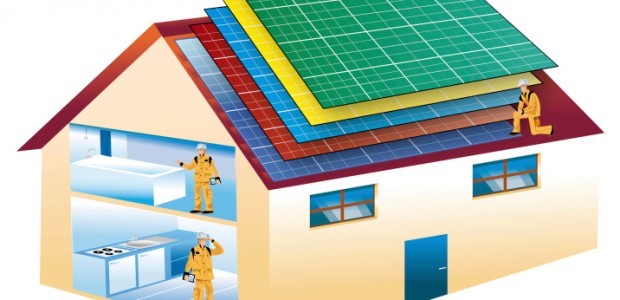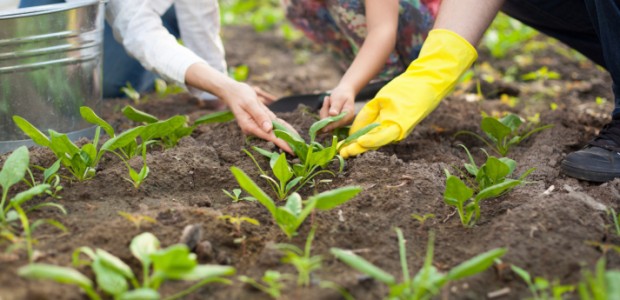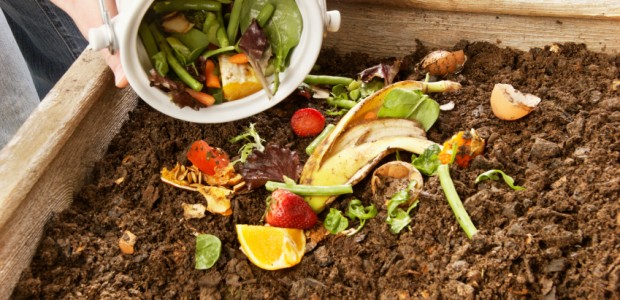The kitchen may be one of the busiest rooms in your entire house, and it’s no surprise that kitchen appliances use a large portion of a home’s energy. Additionally, due to dishwashers and sinks, much of a family’s water usage happens in the kitchen. Use these tips to conserve energy in your kitchen every day. Not only will you be helping to save the planet, but you will also be saving yourself some money. There’s no reason not to use these five tips to go green in your kitchen.
1. Washing dishes.
If you wash dishes by hand, don’t run the water constantly. Instead, fill one side of the sink with soapy water for washing, and fill the other side with clean water for rinsing to save water. However, most newer models of dishwashers are much more efficient than washing dishes by hand, and you won’t need to pre-rinse the dishes. However, you should only run the dishwasher when it is completely full to save on electricity and water.
2. Check fridge and freezer seals.
If the seals on the doors of your refrigerator and freezer are leaky, you could be losing money every month as cool air escapes from the fridge. Put a dollar bill in the door so that it is half in and half out. If you can pull the bill from the door easily, you should replace the seal or give it a good cleaning.
3. Use small appliances.
Instead of heating the oven every time you want to cook, try using a slow cooker. This will not only use less power, but it also helps you to avoid heating up your house in the summer. You should also consider using small appliances, like electric teapots, toasters, and rice cookers, instead of your stove if you can.
4. Fix the sink.
If your sink drips, you could be wasting gallons of water every day. A new washer only costs a few cents, but it could save you many times that on your water bill each month.
5. Install a water filter in the sink.
If you are used to using bottled water, try installing a water filter on your kitchen faucet. You can fill a water bottle and still have the convenience of portable water. However, you won’t have the expense of buying water bottles, and you won’t be generating trash. Alternately, you can use a water-filtering pitcher.
The kitchen is the heart of the home, so express your heart for the earth by utilizing these green kitchen tips.
~April F.
